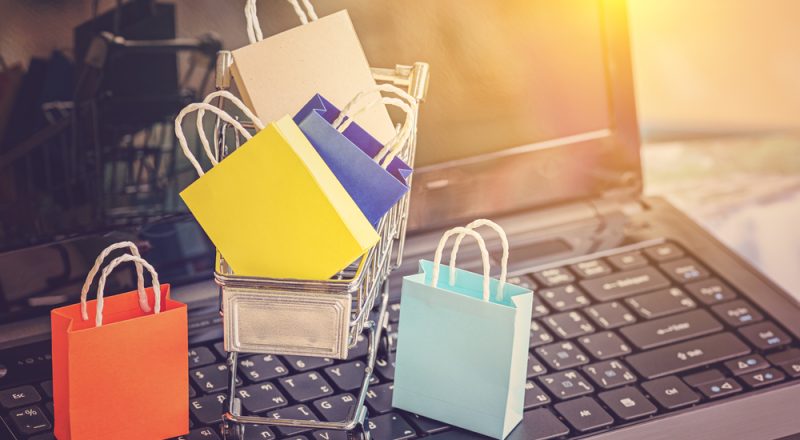It’s that time of the year where we take a look at some of the predictions in ecommerce for the year. Some of 2016’s predicted trends included: social media advertising, marketing automation, faster shipping methods, better UX and UI designs, mobile penetration, as well as the implementation of an Omni channel strategy for all retailers.
Most of these predictions came true with a high growth in mobile phone usage for research and browsing but not so much in terms of sales. Faster shipping methods, advertising on social media with the inclusion of the “buy now” button on various platforms all came true as well as the beginnings of an Omni channel strategy, but the latter ultimately fell short of expectations.
Here are key trend for eCommerce in 2017.
Omni channel, from paper to reality
At the start of 2016, Omni channel was the buzzword on all the trend lists for ecommerce and retail. By the end of the year, Omni channel strategies were highly adopted in the consumer landscape; a recent report by L2 showed that 78% of retailers improved their Omni channel offerings. However, successful Omni channel integration remains the exception and not the rule with only 7 out of 96 top retailers analysed by L2, ranked as leaders.
It is clear retailers understand the importance of an Omni channel approach to business to stay relevant to increasingly tech-savvy and instant customer demands.
Another challenge to achieving this strategy has also been a lack of talent across the mid-level managers. While it is relatively easy to find executives with Omni channel experience, mid-level managers with such experience is still a challenge, particularly those needed to embed strategy deeper into the organisation and provide relevant training and compensation.
In 2017, Omni channel remains a key strategy goal for retailers who are looking to keep their brand relevant in the ever-changing digital consumer market. New technologies like Magento’s Order Management System, which centralises all systems and gives access to them in real time allow retailers to offer their customers the experience and ease of shopping they increasingly demand.
Personalisation and the personal shopper experience
Today’s customer wants a tailored experience. To be shown the products that interest them and not irrelevant content which only frustrates and turns them to a competitor? Thanks to today’s big data, customisation is made easier and increasingly allows different kinds of content including the right products shown to the right person at the right place across multiple platforms.
These days, not only do customers want to see content that fits their needs, but also a personal experience at any time of the day. Chat bots are a big part of 2017’s trend towards an individual experience. Multiple retailers are experimenting with these bots on chat platforms such as Facebook, WhatsApp and Twitter.
Mobile still first
It’s no secret that mobile is the first place customers go to search for products, compare prices and read reviews; in fact, in 2016 it was reported that mobile traffic overtook desktop for such queries. To back up this trend, most retailers reported mobile traffic as being the highest among devices. This trend, however, doesn’t always translate to sales. Closing a sale on mobile has proven more challenging for retailers in 2016. Capgemeni reported that overall sales on mobile devices had increased, with a record low bounce rate of 28%, but this only translated to 18% of sales on smartphones versus 82% on tablet devices.
The key in 2017 is to optimise smartphone UX for sales, such as implementing easy checkout and simplified payment methods like one click approval, are all key to generating sales on the most popular device in the world.
The new face of payment
Payments as we have known them have changed. Cash is becoming obsolete, particularly on the high street. The latest smartphones are making payments simpler with mobile only payments and contact less technologies. This trend is set to keep growing with the sophistication of technologies allowing for ease of payment.
Ecommerce retailers need to adapt to these technologies in 2017 to increase mobile conversion rates and remain relevant.
Same day delivery is the new normal
Fulfillment has increasingly become a challenge for retailers. Same-day delivery is now an expectation for consumers as opposed to a perk, particularly with the offerings of companies such as Amazon Prime promising up to one-hour delivery for premium customers, for free. The demands for such fast and free delivery are putting a strain on retailers who have to turn to different kinds of fulfillment options. Companies such as Uber have picked up on the trend and tapped into the fast and trackable delivery market.
To setup your eCommerce business kindly contact our HR person and get to know all about eCommerce tips and product photography.
